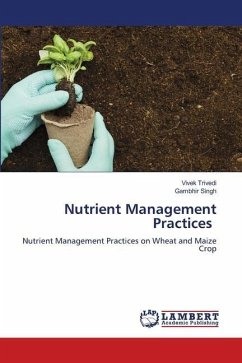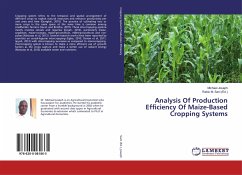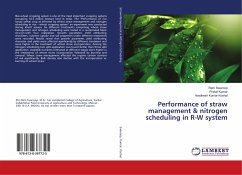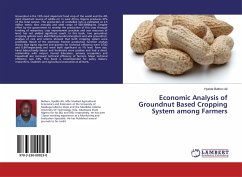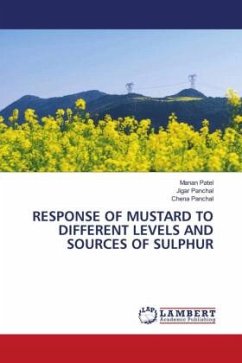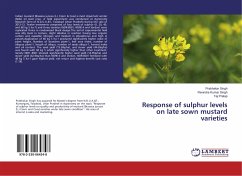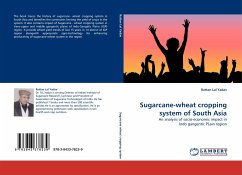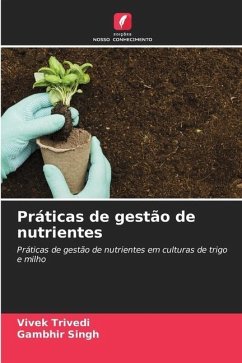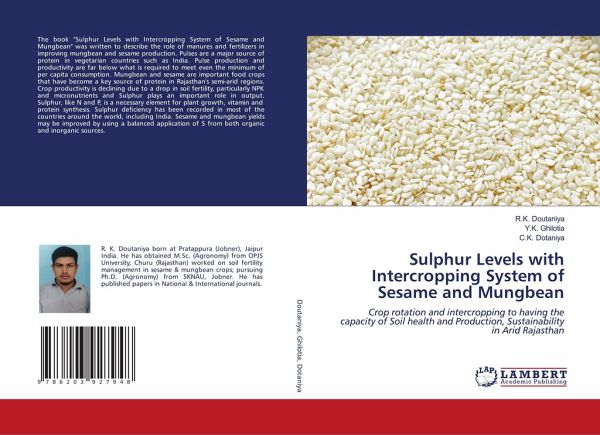
Sulphur Levels with Intercropping System of Sesame and Mungbean
Crop rotation and intercropping to having the capacity of Soil health and Production, Sustainability in Arid Rajasthan
Versandkostenfrei!
Versandfertig in 6-10 Tagen
36,99 €
inkl. MwSt.

PAYBACK Punkte
18 °P sammeln!
The book "Sulphur Levels with Intercropping System of Sesame and Mungbean" was written to describe the role of manures and fertilizers in improving mungbean and sesame production. Pulses are a major source of protein in vegetarian countries such as India. Pulse production and productivity are far below what is required to meet even the minimum of per capita consumption. Mungbean and sesame are important food crops that have become a key source of protein in Rajasthan's semi-arid regions. Crop productivity is declining due to a drop in soil fertility, particularly NPK and micronutrients and Sul...
The book "Sulphur Levels with Intercropping System of Sesame and Mungbean" was written to describe the role of manures and fertilizers in improving mungbean and sesame production. Pulses are a major source of protein in vegetarian countries such as India. Pulse production and productivity are far below what is required to meet even the minimum of per capita consumption. Mungbean and sesame are important food crops that have become a key source of protein in Rajasthan's semi-arid regions. Crop productivity is declining due to a drop in soil fertility, particularly NPK and micronutrients and Sulphur plays an important role in output. Sulphur, like N and P, is a necessary element for plant growth, vitamin and protein synthesis. Sulphur deficiency has been recorded in most of the countries around the world, including India. Sesame and mungbean yields may be improved by using a balanced application of S from both organic and inorganic sources.



